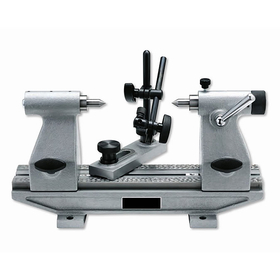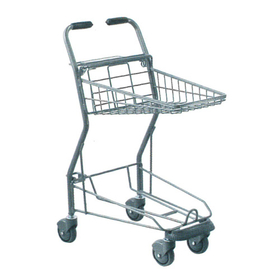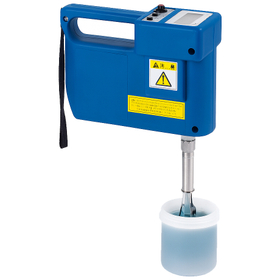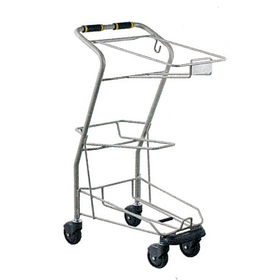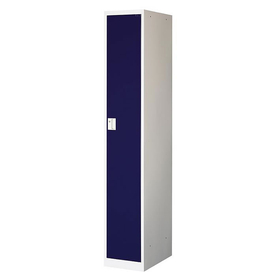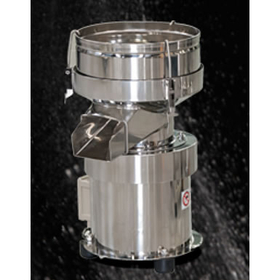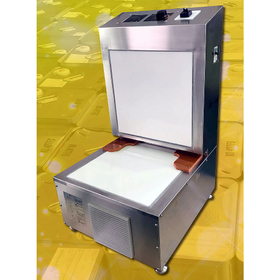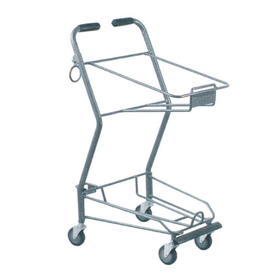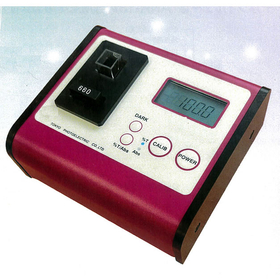無線スマホワイヤレス風速温度計/M4255WBA-212312A
- すべての製品・サービス
-
包装資材
-
レベラー台車
-

調理厨房機器
-

季節商品(夏)
-

クッション封筒
-

緩衝材
-

専用袋
-

ポリエチレン袋
-

ストレッチフィルム
-

テープ
-

PPバンド
-

エアーキャップ
-

その他の包装資材
-

クラフトテープ
-

OPPテープ
-

布テープ
-

セロテープ
-

養生テープ
-

真空パック用袋
-
包装機械
-

テープカッター
-

テープディスペンサー
-

ラベルディスペンサー
-

バッグシーラー
-

ボックスシーラー
-

緩衝材製造機
-

真空包装機
-

超音波ホッチキス
-

シーラー
-

エンドレスシーラー
-

長尺シーラー
-

シュリンク包装セット
-

シュリンク収縮機
-

荷造機
-

ステープラー
-

帯掛機
-

結束機
-

電動ターンテーブル
-

プリンタ
-

インクジェットプリンタ
-

テープ封緘機
-

自動梱包機
-

半自動梱包機
-

その他の包装機械
-

中古梱包機、中古結束機
-

バッグシーラー
-

超音波カッター
-

チューブシーラー
-

カートンシーラー
-

キャラメル包装機
-

捕虫機
-

物流機器
-

作業台
-

ステンレス作業台
-

作業用イス
-

台車
-

クリーンルーム椅子
-

プレス製台車
-

鉄板台車
-

ステンレス台車
-

手動リフター
-

油圧ハンドリフター
-

油圧リフター
-

コゾウリフター
-

パレット台車
-

マルチキャリー
-

平台車
-

二輪車
-

ドラム缶運搬車
-

アルミ製運搬車
-

台車リフト
-

電動テーブルリフト
-

ハンドパレット
-

安全用品
-

ワゴン
-

ホワイトラスティー
-

ガスボンベドラム缶運搬車
-

マワール
-

コンテナ
-

ボックスパレット
-

長尺台車
-

エアー式掃除機
-

棚
-

ベルト荷締機
-

高所作業台
-
ピッキングカー
-
タンク
-
コンテナ台車
-
キャスター
-
電動階段運搬車
-
ごみ箱
-
コンベアー
-
ステンレス機器
-
保管庫
-
作業マット
-
集塵機
-
傘立て
-
ドラムポンプケミカルポンプ
-
回転テーブル
-
電動台車
-
パレット
-
リヤカー
-
軽量作業台
-
雨水タンク
-
溝フタ運搬機
-
重量秤付き台車
-
農業関連物流機器
-
その他の物流機器
-
中古物流機器
-
季節商品
-
蛍光灯
-
弱電工具
-
ホイスト
-
掃除機
-
測定機器[温度・湿度・気象]
-
測定機器[はかり]
-
測定機器[厚さ・距離]
-
測定機器[音・光]
-
測定機器[水]
-
測定機器[風・振動]
-
測定機器[臭気]
-
測定機器[電気・電磁]
-
測定機器[角度・回転]
-
測定機器[光学機器]
-
測定機器[糖度・酸度・塩分]
-
測定機器[その他]
-
温湿度計
-
温度計
-
記録温湿度計
-
放射温度計
-
重量はかり
-
吊りはかり
-
電気測定器
-
厚さ計
-
トルクゲージ
-
ノギス
-
マイクロメーター
-
騒音計
-
PH計
-
風速計
-
ガス測定器
-
ニオイ臭気測定器
-
デジタル距離計
-
金属探知器
-
水分計
-
照度計色計
-
紫外線測定器
-
枚数計数機器
-
回転計
-
プッシュプルゲージ
-
おんどとり
-
データーロガー
-
シックネスゲージ
-
振動計
-
電磁力計
-
気象計器
-
光学機器
-
拡大鏡
-
顕微鏡
-
ファィバースコープ
-
電磁波電位計
-
糖度計
-
塩分計
-
酸度計
-
屈折計濃度計
-
角度計
-
水準器
-
粉塵計
-
硬度計
-
圧力計
-
流量計
-
健康管理
-
表面粗さ計
-
粘度計
-
検針機
-
計測ソフト
-
農業関連測定器
-
その他計測器
-
中古測定機器
-
放射温度センサー
-
その他の製品

風速0.05 ~30 m/sの広範囲かつ±2%の高い計測精度を実現したワイヤレス風速・温湿度計です。
専用の表示ユニットはワイヤレス通信だけでなく、ケーブル接続も可能です。 風速計JIS規格(JIS-T8202)に適合していますので、プローブ単体でも表示ユニットとの組み合わせでもトレーサビリティ体系図、校正証明書の発行ができます。 スマートフォンやタブレット端末に専用のアプリケーションをインストールすれば、風量演算、グラフ表示、連続データ取り込み・保存などを簡単に行うことができます。
関連リンク - https://www.webshiro.com/syouhinsetumei12_25/M4255…基本情報
■仕様 品番M4255WBA-212312AM4255WBA-222313A 計測対象清浄な空気流 計測 範囲風速0.01~30m/s 温度-20~70℃ 湿度-2~98%RH 計測 精度風速±指示値の2 % or 0.05 m/sの大きい方 温度±0.5℃ 湿度-±3%RH 表示 分解能 風速0.01m/s(小数点以下1桁固定時:0.1m/s) 温度0.1℃ 湿度-0.1%RH 応答性風速約 1 秒 (風速0→1 m/s時、90%応答) 温度約 30 秒 (風速1 m/sにおいて90%応答) 湿度-約60秒(無風時、90%応答) 動作環境-20~70 ℃ (結露のないこと) 機能Bluetooth通信(iOS/Androidアプリ、表示ユニット)、 ケーブル接続(表示ユ二ット)、手元スイッチ(電源ON/OFF、計測値ホールド)、 LED表示(電池残量、通信状態)、I・L両用伸縮式プローブ(mm目盛り刻印)、 三脚取付穴 (ストラップ金具兼用)
価格帯
納期
用途/実績例
■用途に合わせて3つの使い方 1.表示ユニット+ワイヤレス 無線通信の届く範囲(5m)なら、高い場所などプローブを離しての計測が可能です。 計測者と記録者がプローブと表示ユニットを各々持って計測するといった使い方もできます。 ダクト点検口にプローブを挿入する際、ケーブルを引っかけて破損する心配もありません。
- 包装資材
- レベラー台車
- 調理厨房機器
- 季節商品(夏)
- クッション封筒
- 緩衝材
- 専用袋
- ポリエチレン袋
- ストレッチフィルム
- テープ
- PPバンド
- エアーキャップ
- その他の包装資材
- クラフトテープ
- OPPテープ
- 布テープ
- セロテープ
- 養生テープ
- 真空パック用袋
- 包装機械
- テープカッター
- テープディスペンサー
- ラベルディスペンサー
- バッグシーラー
- ボックスシーラー
- 緩衝材製造機
- 真空包装機
- 超音波ホッチキス
- シーラー
- エンドレスシーラー
- 長尺シーラー
- シュリンク包装セット
- シュリンク収縮機
- 荷造機
- ステープラー
- 帯掛機
- 結束機
- 電動ターンテーブル
- プリンタ
- インクジェットプリンタ
- テープ封緘機
- 自動梱包機
- 半自動梱包機
- その他の包装機械
- 中古梱包機、中古結束機
- バッグシーラー
- 超音波カッター
- チューブシーラー
- カートンシーラー
- キャラメル包装機
- 捕虫機
- 物流機器
- 作業台
- ステンレス作業台
- 作業用イス
- 台車
- クリーンルーム椅子
- プレス製台車
- 鉄板台車
- ステンレス台車
- 手動リフター
- 油圧ハンドリフター
- 油圧リフター
- コゾウリフター
- パレット台車
- マルチキャリー
- 平台車
- 二輪車
- ドラム缶運搬車
- アルミ製運搬車
- 台車リフト
- 電動テーブルリフト
- ハンドパレット
- 安全用品
- ワゴン
- ホワイトラスティー
- ガスボンベドラム缶運搬車
- マワール
- コンテナ
- ボックスパレット
- 長尺台車
- エアー式掃除機
- 棚
- ベルト荷締機
- 高所作業台
- ピッキングカー
- タンク
- コンテナ台車
- キャスター
- 電動階段運搬車
- ごみ箱
- コンベアー
- ステンレス機器
- 保管庫
- 作業マット
- 集塵機
- 傘立て
- ドラムポンプケミカルポンプ
- 回転テーブル
- 電動台車
- パレット
- リヤカー
- 軽量作業台
- 雨水タンク
- 溝フタ運搬機
- 重量秤付き台車
- 農業関連物流機器
- その他の物流機器
- 中古物流機器
- 季節商品
- 蛍光灯
- 弱電工具
- ホイスト
- 掃除機
- 測定機器[温度・湿度・気象]
- 測定機器[はかり]
- 測定機器[厚さ・距離]
- 測定機器[音・光]
- 測定機器[水]
- 測定機器[風・振動]
- 測定機器[臭気]
- 測定機器[電気・電磁]
- 測定機器[角度・回転]
- 測定機器[光学機器]
- 測定機器[糖度・酸度・塩分]
- 測定機器[その他]
- 温湿度計
- 温度計
- 記録温湿度計
- 放射温度計
- 重量はかり
- 吊りはかり
- 電気測定器
- 厚さ計
- トルクゲージ
- ノギス
- マイクロメーター
- 騒音計
- PH計
- 風速計
- ガス測定器
- ニオイ臭気測定器
- デジタル距離計
- 金属探知器
- 水分計
- 照度計色計
- 紫外線測定器
- 枚数計数機器
- 回転計
- プッシュプルゲージ
- おんどとり
- データーロガー
- シックネスゲージ
- 振動計
- 電磁力計
- 気象計器
- 光学機器
- 拡大鏡
- 顕微鏡
- ファィバースコープ
- 電磁波電位計
- 糖度計
- 塩分計
- 酸度計
- 屈折計濃度計
- 角度計
- 水準器
- 粉塵計
- 硬度計
- 圧力計
- 流量計
- 健康管理
- 表面粗さ計
- 粘度計
- 検針機
- 計測ソフト
- 農業関連測定器
- その他計測器
- 中古測定機器
- 放射温度センサー
- その他の製品
おすすめ製品
取り扱い会社
測定機器、包装材料と物流機器をご紹介。 常に新しい商品ラインナップををお届け! メーカータイアップ商品など、お得な情報や 限定期間・限定数量品情報をご紹介しています。


























